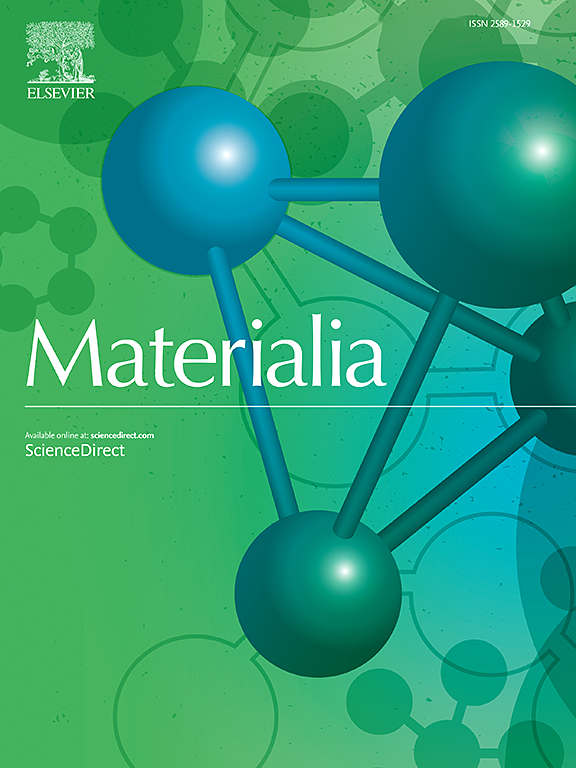Cryogenic temperature tensile properties of laser powder bed fused Ti-6Al-4V
IF 3
Q2 MATERIALS SCIENCE, MULTIDISCIPLINARY
引用次数: 0
Abstract
Unnotched and notched tensile properties of Ti-6Al-4V (Ti64) alloy, additively manufactured using the laser powder bed fusion (LPBF) technique, at cryogenic temperatures of 90, 77 and 20 K were investigated. The LPBF process parameter combination was chosen such that the investigated alloy has not only a minimum in porosity, but also an equiaxed prior β microstructure, which predominantly contains acicular α/α’ lath structure in basket-weave morphology, that results in a high strength and ductility combination as well as insignificant mechanical anisotropy at room temperature (300 K). Tensile tests revealed that the yield (σy) and tensile (σu) strengths of LPBF Ti64 are superior while elongation to failure (ef) is comparable to those of the conventionally manufactured (CM) Ti64 down to 77 K, owing to the fine α/α’ lath microstructure in the former. While the progressive reduction of <a>-basal and prismatic dislocation slip activity with decreasing deformation temperature enables a steep rise in σy, the unnotched specimens fractured catastrophically without macroscopic yielding at 20 K. Detailed postmortem analyses revealed the absence of significant twinning-based deformation in LPBF Ti64, in stark contrast to the CM ones at cryogenic temperatures. Instead, deformation kink bands with varying sizes and misorientation were found to be increasingly active within the prior β grains. A large misorientation at the kink band boundary within the β grain leads to void nucleation followed by crack growth, which eventually results in brittle failure at 20 K. While relatively notch insensitive from 300 to 77 K, LPBF Ti64 was notch brittle at 20 K. These results highlight the importance of the unique hierarchical micro- and meso‑structural features of LPBF Ti64 on the tensile mechanical behavior, especially at cryogenic temperatures.

求助全文
约1分钟内获得全文
求助全文
来源期刊

Materialia
MATERIALS SCIENCE, MULTIDISCIPLINARY-
CiteScore
6.40
自引率
2.90%
发文量
345
审稿时长
36 days
期刊介绍:
Materialia is a multidisciplinary journal of materials science and engineering that publishes original peer-reviewed research articles. Articles in Materialia advance the understanding of the relationship between processing, structure, property, and function of materials.
Materialia publishes full-length research articles, review articles, and letters (short communications). In addition to receiving direct submissions, Materialia also accepts transfers from Acta Materialia, Inc. partner journals. Materialia offers authors the choice to publish on an open access model (with author fee), or on a subscription model (with no author fee).
 求助内容:
求助内容: 应助结果提醒方式:
应助结果提醒方式:


